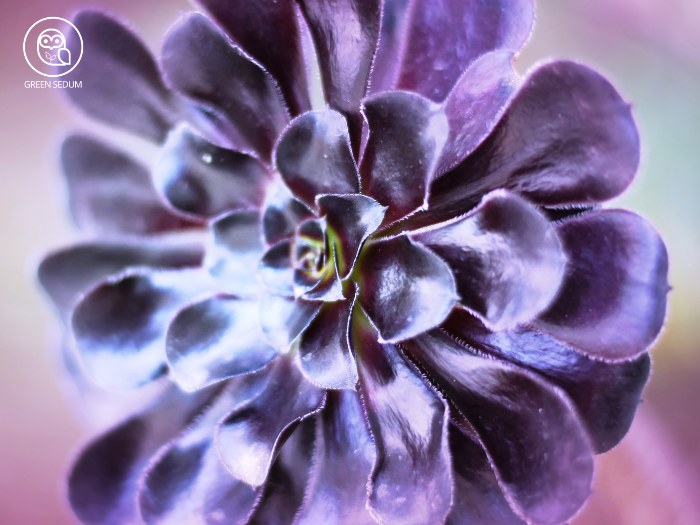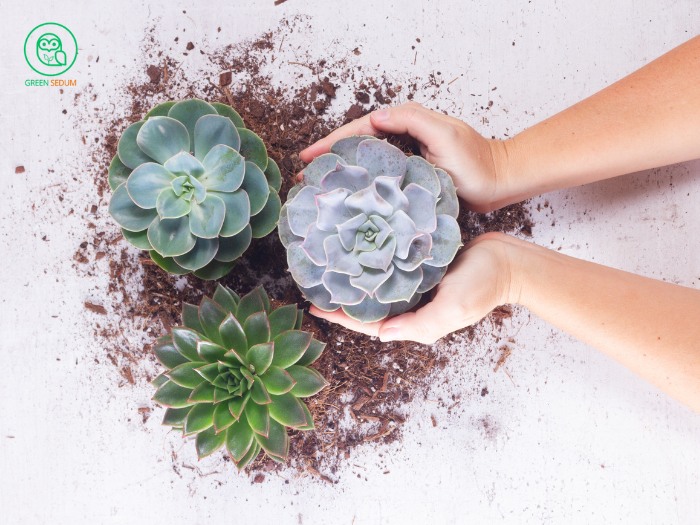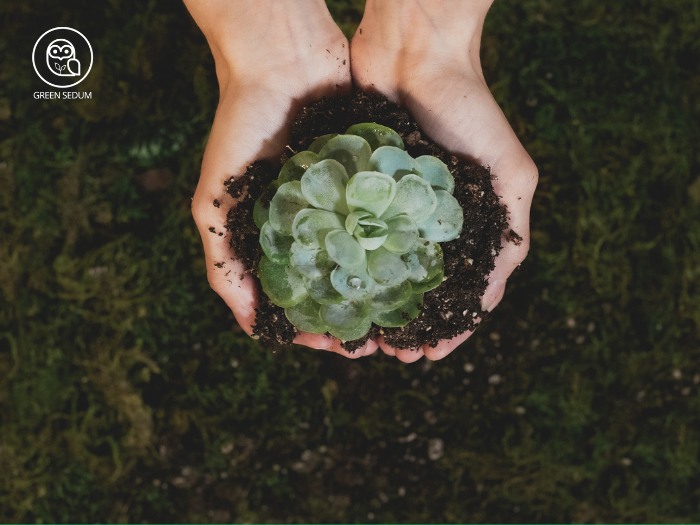Purple succulents are becoming increasingly popular among plant enthusiasts due to their unique colors and easy care. The vibrant purple hues not only create striking focal points but also bring a fresh look to any space, whether it’s a garden or a cozy corner of your home. Their diverse shades of purple make these succulents eye-catching and enhance the beauty of surrounding plants.
1. Top Purple Succulents
1.1. Aeonium ‘Mardi Gras’
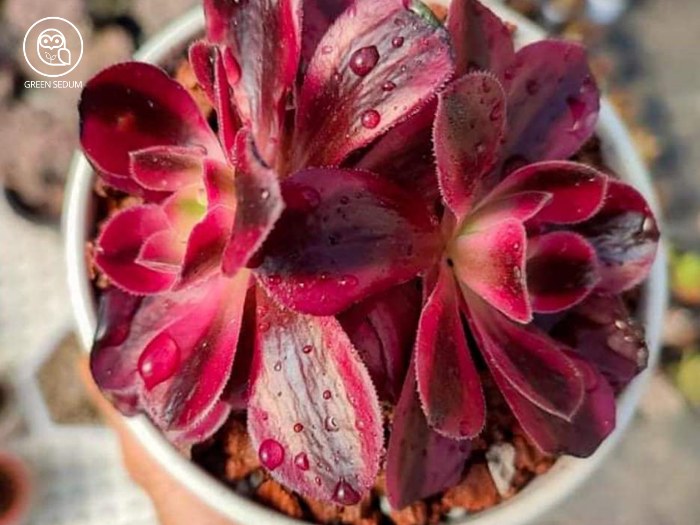
Key Features and Care: Aeonium ‘Mardi Gras’ is a striking purple succulent with vibrant leaves that blend shades of green and purple. When exposed to full sunlight or cool conditions, the leaves can shift to even more vivid shades, like bright pink and lime green. To care for Aeonium ‘Mardi Gras,’ ensure it receives plenty of sunlight, moderate watering, and well-draining soil. Light pruning can help maintain its beautiful shape and vibrant color.
1.2. Graptoveria ‘Debbie’
Optimal Care and Growth: Graptoveria ‘Debbie’ is a hybrid succulent, a cross between Echeveria and Graptopetalum, known for its attractive rosette shape with bluish-purple leaves that turn pink at the tips when “stressed” by strong sunlight. To promote healthy growth, plant Graptoveria ‘Debbie’ in a spot with 4-6 hours of direct sunlight daily, allow the soil to dry out between waterings, and avoid overwatering to prevent root rot. Providing adequate light and careful watering will help this succulent thrive and maintain its distinctive color.
1.3. Echeveria ‘Perle von Nurnberg’
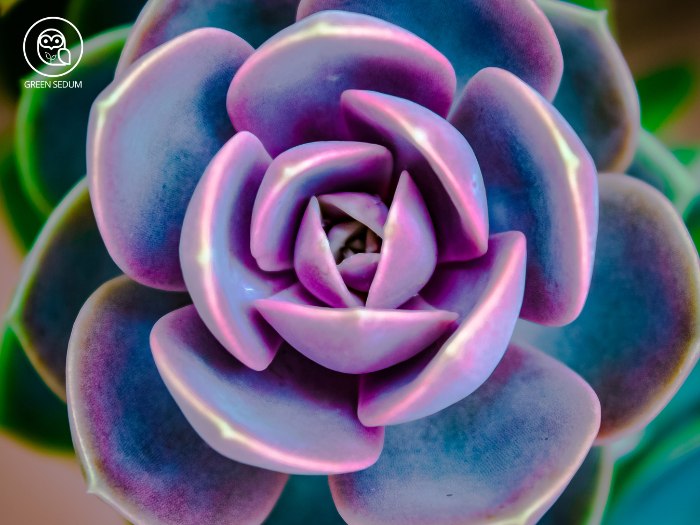
Pros and Cons of Growing: Echeveria ‘Perle von Nurnberg’ is one of the most popular and easy-to-grow succulents, featuring soft purple leaves tinged with yellow or golden edges. The major advantage of this succulent is its ease of care, making it ideal for beginners and capable of thriving in moderate light conditions. However, a downside is that it can be prone to leaf drop if overwatered or placed in overly humid environments. To keep it healthy, plant in well-draining soil and ensure it receives enough light without being exposed to overly intense sunlight.
1.4. Sempervivum ‘Wendy’
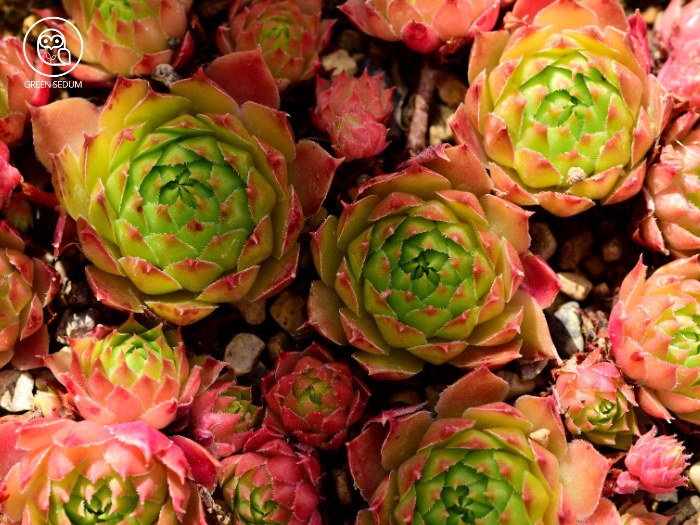
Ideal Growing Conditions: Sempervivum ‘Wendy’ is a cold-hardy succulent, making it an excellent choice for outdoor planting in harsh weather conditions. It thrives best in full sunlight and well-draining soil. While it can tolerate dry environments, to achieve its vibrant color and perfect rosette shape, it’s ideal to grow Sempervivum ‘Wendy’ in a cool climate with moderate to strong sunlight. This plant requires minimal watering; just ensure the soil is dry between waterings to prevent root rot.
1.5. Aeonium arboreum ‘Zwartkop’
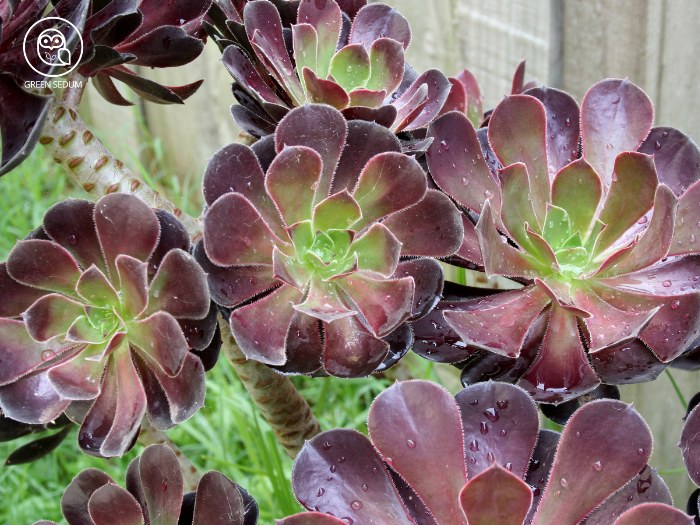
Outdoor Care Tips: Aeonium arboreum ‘Zwartkop’ is a dark, almost black succulent that deepens in color when grown outdoors in full sunlight. This plant thrives in warm climates with well-draining soil and direct sunlight. When caring for it outdoors, be cautious not to overwater, as this can lead to root rot in consistently moist soil. Aeonium arboreum ‘Zwartkop’ is drought-tolerant, so allow the soil to dry out completely before watering again. In winter, if temperatures drop, move the plant to a bright, sheltered area to protect it from cold damage.
2. How to Decorate and Arrange Purple Succulents
Ideas for Arranging Purple Succulents in Pots:
When decorating with purple succulents, consider using pots in contrasting or complementary colors to enhance the visual impact. For instance, white or gray pots can highlight the rich purple hues of the plants, creating a harmonious and eye-catching display. You can arrange succulents in a rosette pattern or mix various types of purple succulents in a single pot for added diversity in shape and color. Another approach is to create layered arrangements in pots, with shorter plants in the front and taller ones in the back, achieving a balanced and dynamic layout.
Combining Purple Succulents with Other Plants:
To create a vibrant garden or decorative corner, pair purple succulents with plants that offer contrasting colors and shapes. Bright green succulents or those with silver leaves are excellent choices to complement the purple hues. This combination not only accentuates the purple but also adds richness in color and texture to your garden. Additionally, selecting plants with similar care requirements will help maintain a healthy and easy-to-manage garden.
3. Conclusion
Purple succulents each offer unique beauty and are an excellent choice for enhancing your space. To ensure they thrive and maintain their vibrant colors, provide them with ample sunlight, well-draining soil, and moderate watering.
At Green Sedum, we encourage you to experiment with these purple succulents in your own environment. Feel free to get creative with pot selection, arrangement, and care. Don’t hesitate to share your experiences with the gardening community—through sharing, we all learn and grow our plant care skills.
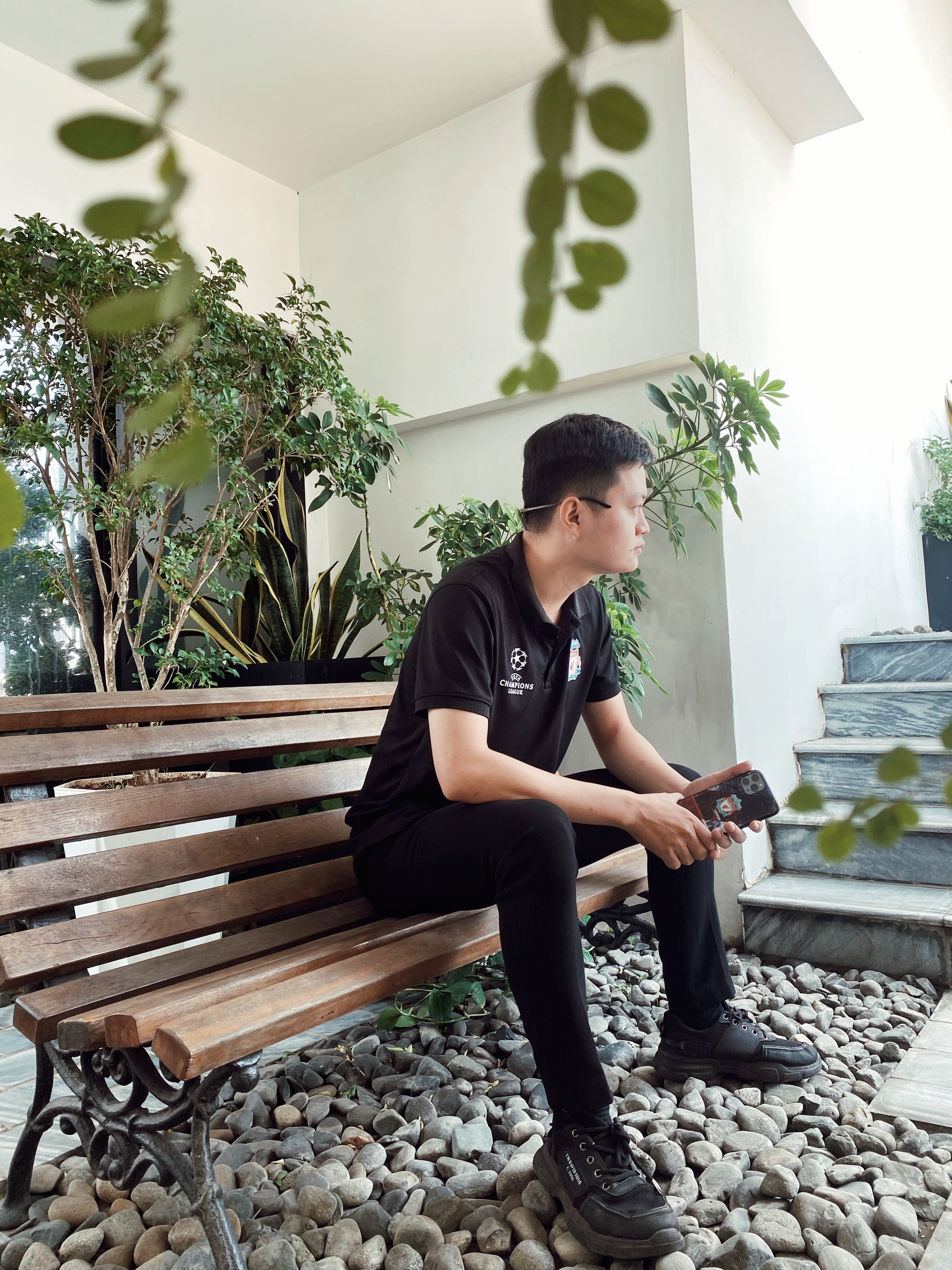
I’m Will Bernan, a gardening enthusiast with over 9 years of experience in succulents, indoor plants, and sustainable living. I also manage SEO for eco-friendly textile brands, promoting fabrics like bamboo and organic cotton.

